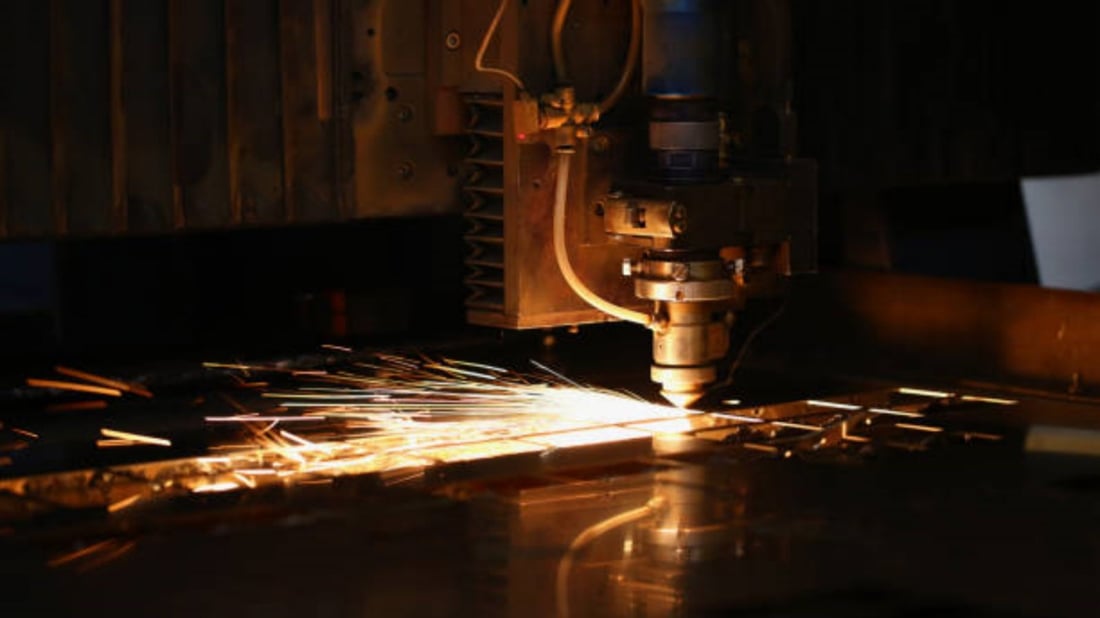The Basics of Laser Cutters
When it comes to precision cutting, laser cutters have become an indispensable tool in various industries. These machines utilize a highly focused beam of light to cut through a wide range of materials with utmost accuracy. In this article, we will explore three types of laser cutters that you need to know about, highlighting their unique features and applications.
1. CO2 Laser Cutters
CO2 laser cutters are among the most commonly used types of laser cutting machines. They employ a carbon dioxide gas mixture to generate the laser beam, which is then directed towards the material to be cut. These cutters are highly versatile and can work with a wide range of materials, including wood, acrylic, fabric, leather, and more. CO2 laser cutters are often preferred for their ability to produce intricate designs and smooth edges.
2. Fiber Laser Cutters
Fiber laser cutters are known for their exceptional speed and precision. These machines use a fiber optic cable to amplify the laser beam and deliver it to the cutting head. Fiber laser cutters are particularly well-suited for working with metal materials, such as stainless steel, aluminum, brass, and copper. They can effortlessly slice through thick metal sheets with minimal heat-affected zones and excellent edge quality.
3. Nd:YAG Laser Cutters
Nd:YAG laser cutters, also known as solid-state laser cutters, utilize a crystal as the laser medium. These cutters are highly efficient and can deliver high-power laser beams with great stability. Nd:YAG laser cutters are commonly used for precision cutting of materials like ceramics, plastics, and certain metals. They are also well-suited for applications that require deep penetration, such as drilling and engraving.
Choosing the Right Laser Cutter
When selecting a laser cutter for your specific needs, it is crucial to consider several factors. Firstly, determine the type of materials you will be working with most frequently. If you primarily work with non-metal materials like wood or acrylic, a CO2 laser cutter would be the ideal choice. On the other hand, if your focus is on metal cutting, a fiber laser cutter would be more suitable.
Additionally, consider the thickness of the materials you will be cutting. Different laser cutters have varying power levels, which determine their ability to cut through different thicknesses. It is essential to choose a laser cutter that can handle the maximum thickness of the materials you commonly work with.
Applications of Laser Cutters
Laser cutters find applications in a wide range of industries, thanks to their versatility and precision. They are extensively used in the manufacturing sector for cutting and shaping various components, including intricate parts for electronics, automotive components, and signage. Laser cutters are also popular in the fashion industry for fabric cutting and engraving intricate patterns on clothing.
Furthermore, laser cutters are valuable tools in the field of architecture and design. They allow architects and designers to bring their creative visions to life by cutting and engraving intricate details on materials like wood, acrylic, and metal. Additionally, laser cutters are utilized in the medical field for precise cutting of surgical instruments and even performing delicate surgeries.
Innovations and Advancements of Laser Cutters
The field of laser cutting continues to evolve, leading to constant innovations and advancements in laser cutter technology. One notable development is the integration of computer numerical control (CNC) systems with laser cutters. This allows for precise and automated cutting based on digital designs, resulting in improved efficiency and accuracy.
Another significant advancement is the introduction of hybrid laser cutters, which combine the capabilities of multiple laser sources. For instance, some machines combine CO2 and fiber laser sources to offer a wider range of material cutting options. These hybrid laser cutters provide increased flexibility and versatility for various applications.
Maintaining and Safety Considerations
Proper maintenance is crucial to ensure the longevity and optimal performance of your laser cutter. Regular cleaning of the lens and mirrors is essential to prevent debris buildup, which can affect the quality of the laser beam. It is also important to regularly check the alignment of the laser beam to ensure precise cutting.
When operating a laser cutter, safety should always be a top priority. Laser beams can be dangerous to the eyes and skin, so wearing appropriate protective gear, such as goggles and gloves, is essential. Additionally, ensure proper ventilation in the workspace to minimize the inhalation of fumes and dust generated during the cutting process.
Conclusion
As technology advances, laser cutters continue to play a vital role in various industries, offering unmatched precision and versatility. Whether you require intricate designs on non-metal materials or high-speed metal cutting, there is a laser cutter suitable for your needs. Understanding the different types of laser cutters discussed in this article will help you make an informed decision when choosing the right machine for your specific applications.

